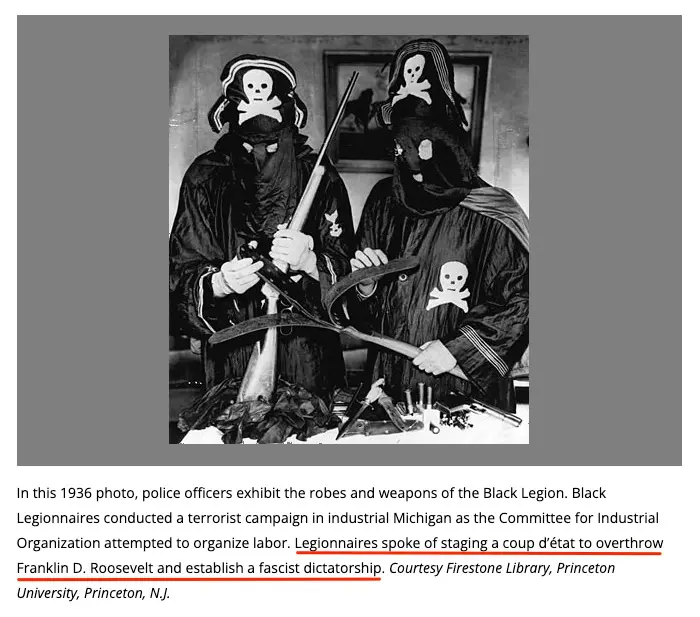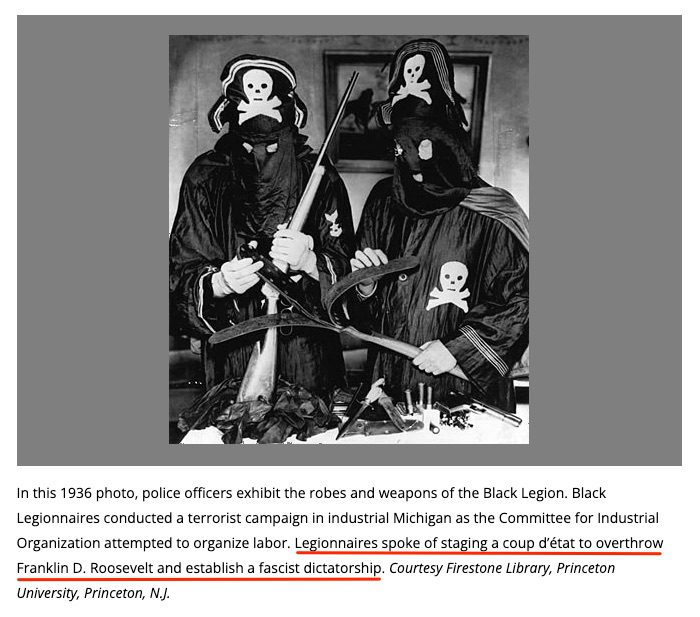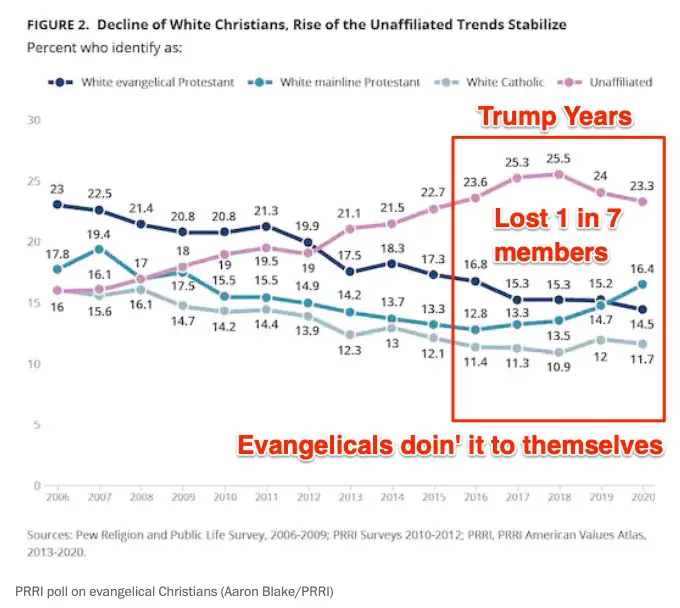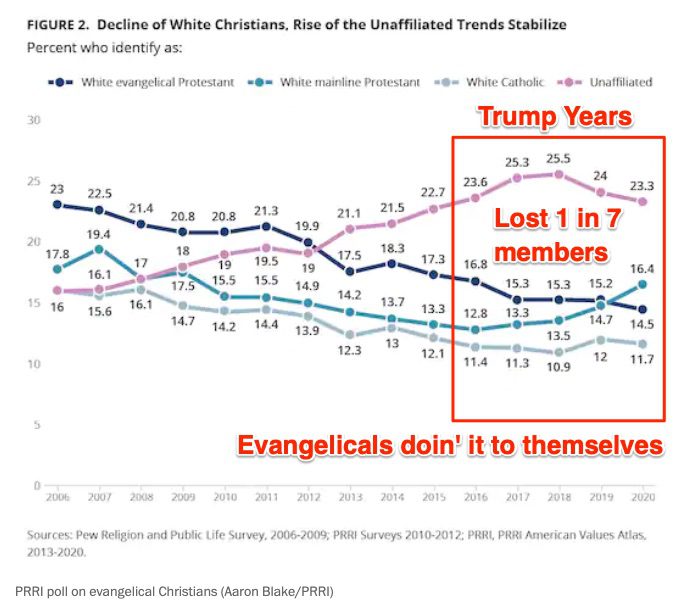Motivated reasoning is a common daily phenomenon for all of us, assuming we’re human and/or interact with other humans. It’s a cognitive science term that refers to a type of emotional bias in which we have a tendency to prefer decisions or justifications based on their personal desirability vs. an unbiased examination of the facts.
Thinking and feeling aren’t anywhere near as “separate” in the brain as is commonly believed — they are very intertwined, and it’s also incredibly difficult for us to understand or detect from moment to moment which parts of our stream of consciousness are “thinking” and which are “feeling.”
What’s worse, we have other biases that exacerbate the motivated reasoning bias — like the “Lake Wobegon Effect” wherein we tend to overestimate our own abilities vs. others. So, we’re overconfident — at the same that we are less rational than we think we are. That can be a volatile combination — especially when found in individuals who hold a lot of power, and make decisions that affect people’s lives.
For we know not what we do
It can be infuriating to deal with people who are using motivated reasoning to make decisions instead of critical thinking: they tend to work backwards from the conclusion they wish to reach, and ignore evidence that contradicts their pre-existing beliefs. The way they deal with the cognitive dissonance of conflicting information is simply to toss the new information out, instead of evaluating it. Generally, though, they are unaware that their brain is in the habit of making that easier choice, and tend to get angry when this is pointed out.
Examples of motivated reasoning:
- Bigotry and prejudice
- Belief that you can “reduce covid cases” by not testing
- Belief that you can get Republicans elected by refusing to count Democratic votes either outright or via procedural means
Related concepts:
- Emperor’s New Clothes
- Potemkin Village
- tautology
- foregone conclusion
- Catch-22
- ouroborous
- self-fulfilling prophecy
- revealed wisdom
- divine right of rule
- teleological thinking
- self-interest bias




